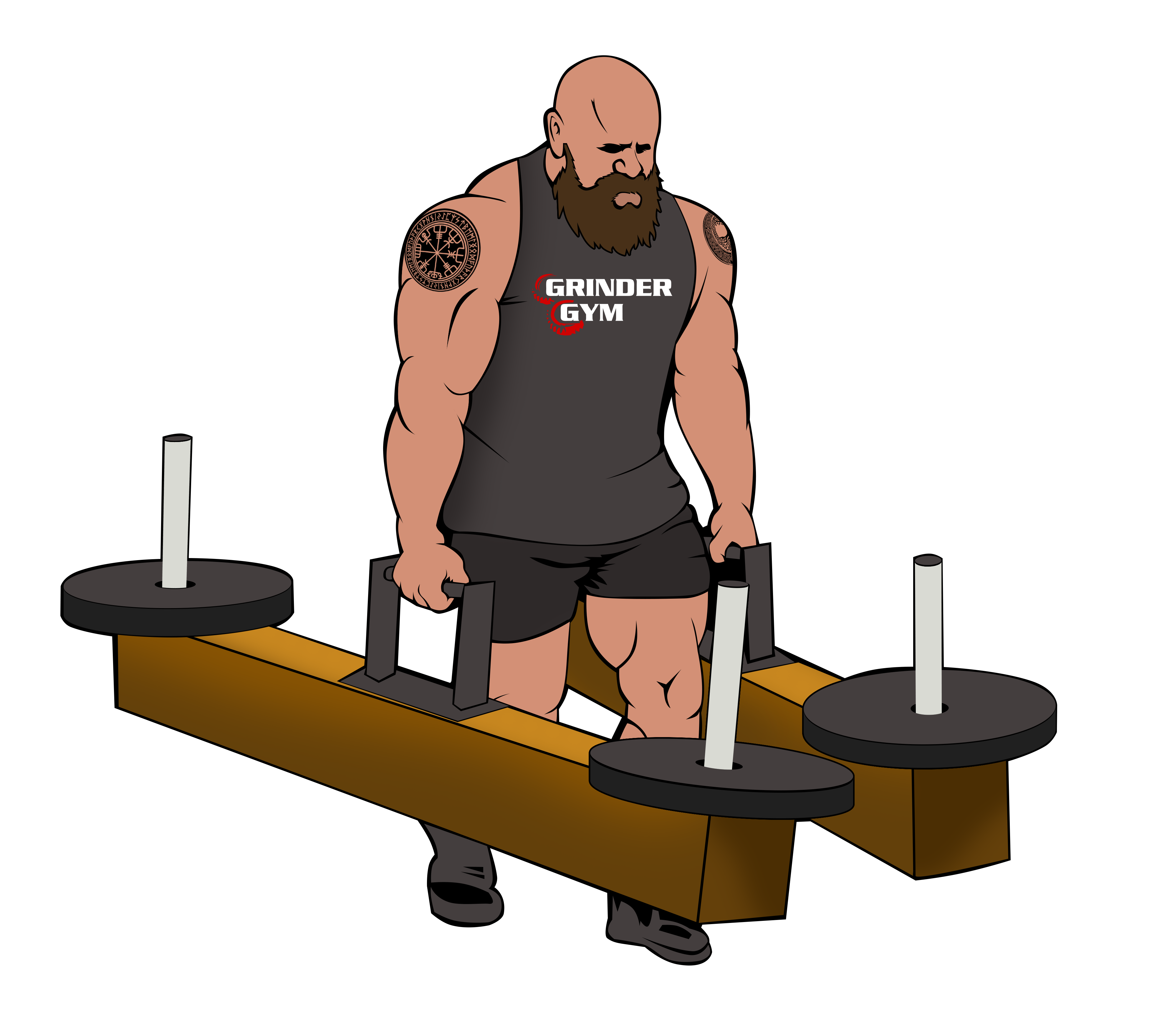Introduction
Naturopath, Dr. Peter D’Adamo wrote the bestseller Eat Right 4 Your Type in the late 1990s. In the book, D’Adamo claims that blood type is “the key that unlocks the door to the mysteries of health, disease, longevity, physical vitality, and emotional strength.” From his book and research, the Blood Type Diet (BTD) was born. Today, celebrities such as Liz Hurley and Courtney Cox-Arquette swear by the program, but the majority of experts (i.e. nutritionists, medical doctors, etc.) find D’Adamo’s theory to be unsubstantiated by scientific evidence.
Promise
You can lose weight, feel healthier and lower your risk of succumbing to various diseases by following a diet specifically geared to your blood type group.
Premise
Blood typing can be used to implement a dietary plan biologically suited to your individual makeup. Replace specific foods that are bad for your blood type, and you will begin to benefit from a leaner, cleaner, and more energetic body.
Program Overview
According to Dr. D’Adamo, each blood group has its own unique antigen marker. Antigen markers are substances that the body recognizes as being foreign to the body. These markers react badly to certain foods containing powerful proteins called lectins. These bad food lectins (of which there are supposedly over 1,000) actively interact with your blood type, and can often cause weight gain or lead to other health concerns. By replacing these bad-targeted foods with foods more suitable to your blood type, your body can more easily digest and absorb food more efficiently, which will ultimately lead to weight loss.
D’Adamo provides dietary recommendations, according to ABO blood groups, of which there are four. The dominant Type O’s, which D’Adamo classifies as meat-eating hunter-types, the Type A’s, labeled as docile vegetarians, dairy-eating Type B omnivores, and the Type AB enigmas.
Each blood type has its own unique diet, which briefly, would look something like this:
- Blood Type O – this group should be eating a diet high in protein. Meat, fish, vegetables, and fruit are allowed, but grains, beans, and legumes should be limited. If an individual wants to lose weight, they should avoid wheat, corn, kidney beans, cabbage, cauliflower, and mustard greens. Kelp, seafood, salt, red meat, spinach, and liver though would help with weight loss.
- Blood Type A – this group should be eating a vegetarian diet. Vegetables, tofu, seafood, grains, beans, legumes, and fruit are allowed. To lose weight, these participants should avoid meat, dairy, kidney beans, and wheat, while eating soy foods, vegetables, and pineapple.
- Blood Type B – these individuals are classified as balanced omnivores. For better health, they should eat meat (not chicken), dairy, grains, beans, legumes, vegetables, and fruit. If wanting to lose weight, individuals in this group should avoid corn, lentils, peanuts, seeds, and wheat. Greens, eggs, venison, licorice, and tea assist aid in weight loss.
- Blood Type AB – A well-balanced diet is a mixed diet in moderation for a blood type AB individual. If interested in losing weight, red meat, kidney, and lima beans, seeds and corn should be avoided, while tofu, seafood, dairy, greens, and pineapple should be eaten.
Dr. D’Adamo asserts that a change in diet can occur gradually, and that to reap the rewards, most individuals need to follow these eating habits only 70 percent of the time.
Plan Strengths
The BTD does receive positive marks in recommending that people try to eat fresh natural foods and reduce or eliminate processed foods from their diet. Exercise also plays a prominent role in D’Adamo’s approach. Additionally, the diet does a good job of getting you to sit down and really take a good hard look at what you are eating.
Plan participants are likely to lose weight initially, but this may be more the result of eliminating specific food groups such as breads and cereals, dairy, and meat and fish, than the diet itself.
A survey of participants by D’Adamo and available on his website claims that 8 out of 10 individuals on the BTD report a positive result from following the program.
Plan Weaknesses
The biggest criticism lobbied against the BTD is that it lacks a well-documented research base, and there are no clinical trials to back it up. Experts almost universally agree that the plan is nonsense, stating there is no scientific basis for the claim that blood type can determine one’s diet. A few even refer to his approach as nothing more than “blood type astrology”.
Nutritionists remain concerned that the diet’s recommendation to limit or cut out major food groups will ultimately result in a poor intake of vital nutrients that could potentially harm participants in the long term. Also alarming are recommendations, such as the advice given to non-Caucasian Type Bs to incorporate dairy into their diet. Asian Type B’s, who are lactose deficient due to the normal disappearance of lactase enzymes in their intestinal cells, could find this recommendation painful, as it could lead to “severe bouts of abdominal cramps and diarrhea.”
Conclusion
Short-term weight loss is possible, given the restriction of certain food groups; however, long-term weight loss is probably not sustainable. BTD receives a gold star for its recommendations to eat fresh natural foods and to incorporate exercise, but with very little science or clinical evidence supporting the diet’s success, all that exists is sheer speculation and conjecture in regard to its effectiveness.
The information provided here is for educational or informational purposes only. Dave DePew does not endorse any of the programs/services reviewed here. Before starting a new exercise regime or weight loss plan, talk with your doctor.
Additional Resources
Blood Type Diet, www.dadamo.com
The Blood Type Diet: Fact or Fiction? http://www.keepthedoctoraway.co.uk/Articles/TheBloodTypeDiet:FactorFiction_1049.html
The “Blood Type Diet”: Fact or Fiction? by Michael Klaper, M.D.
http://www.veg.ca/content/view/128/110/
